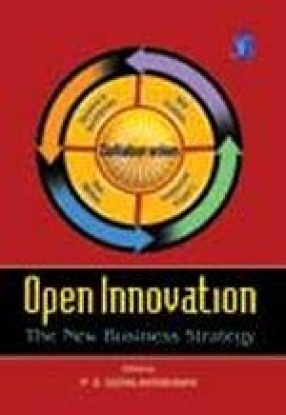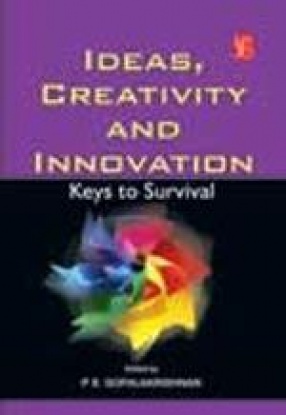In 2003, Professor Chesbrough of Harvard University popularized the ‘Open Innovation’ business model through his famous book on the subject. He propounded the theory that companies need not discover all things nor generate all ideas through an in-house R&D. The advent of the Internet and other faster communication media/tools has been instrumental in shrinking the world into a global village. There is an increased diffusion of knowledge. Companies have realized that they cannot employ all the experts and talented people for themselves. The Open Innovation model aims at getting ideas from anywhere and from whomsoever, an expert or a lay person. The value of an idea lies in its implementation. Technology will be of no value if not utilized and converted into useful processes and products. Open innovation enables companies to network with other companies, even with their competitors, to develop and market new products and services at much lesser costs. At the same time, companies need not write off expenses against unsuccessful R&D efforts. They can sell or license out ‘unused’ ideas and ‘unfinished’ products/processes to others who can use at their own will and ability. Hence, OI is a two-way street providing a win-win situation for companies. This does not mean that there is no role for the internal R&D. It can scout for productive ideas to solve critical problems and in innovating and creating new products/services. Open innovation enables companies to achieve high performances by utilizing the creative capability/ideas of all their stakeholders apart from the people at large, around the world, in a profitable way. Renowned multinational corporations like P&G, HP, IBM, Nokia, Apple, Philips etc., which follow open innovation principles, have reaped immeasurable and unimaginable benefits.
Outward Foreign Direct Investment: Issues and Perspectives
Foreign Direct Investment ...
$31.50
$35.00








There are no reviews yet.